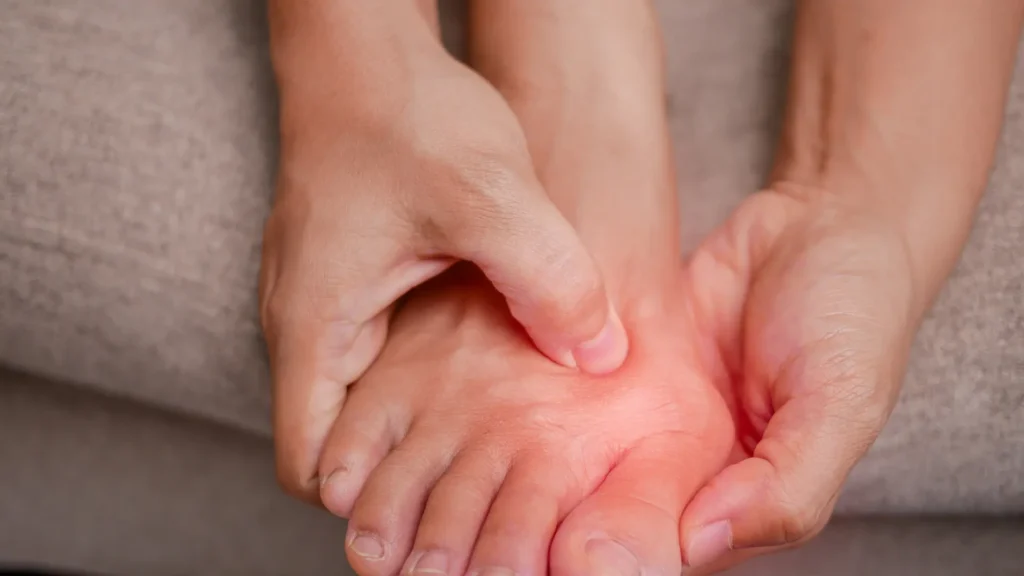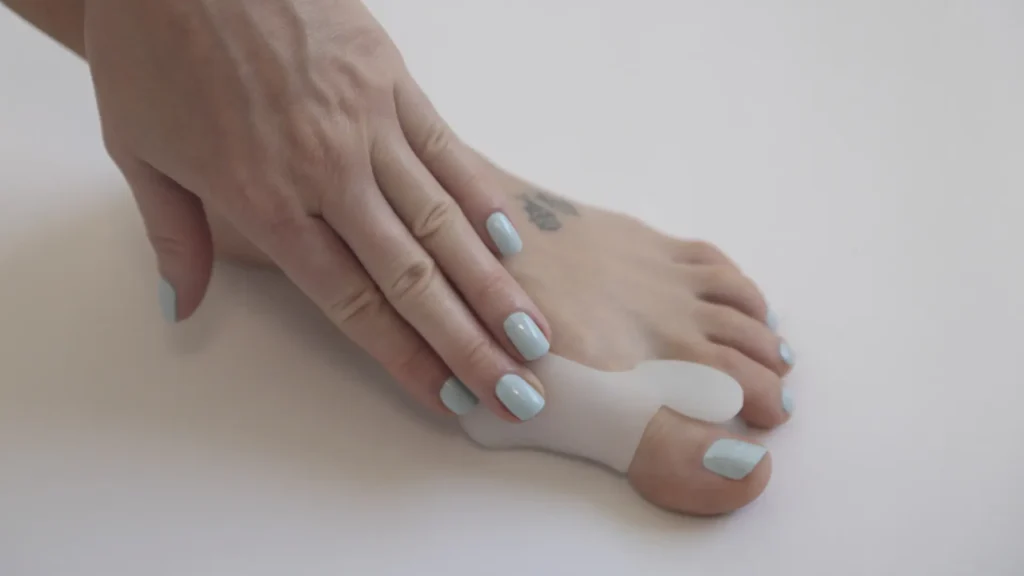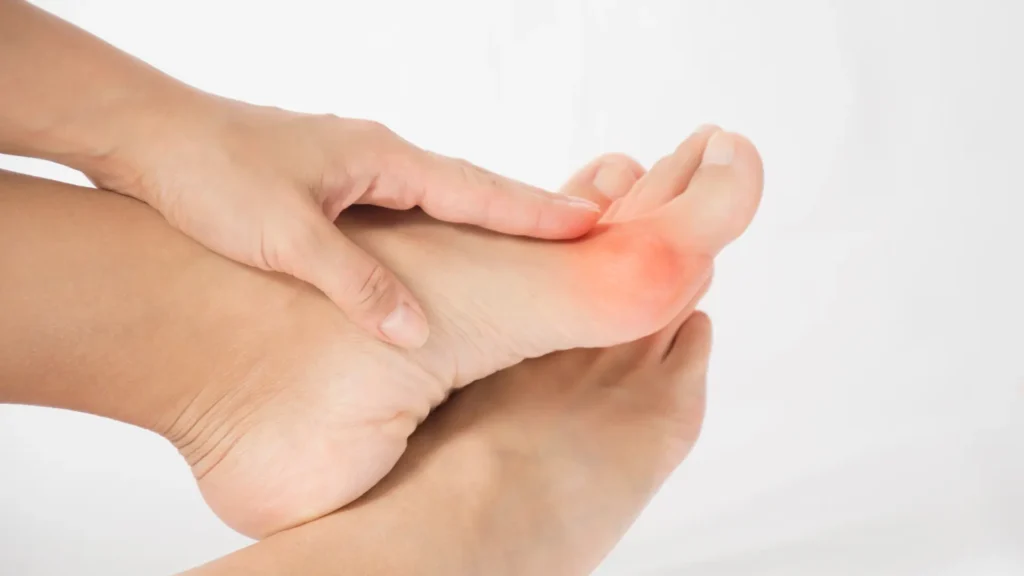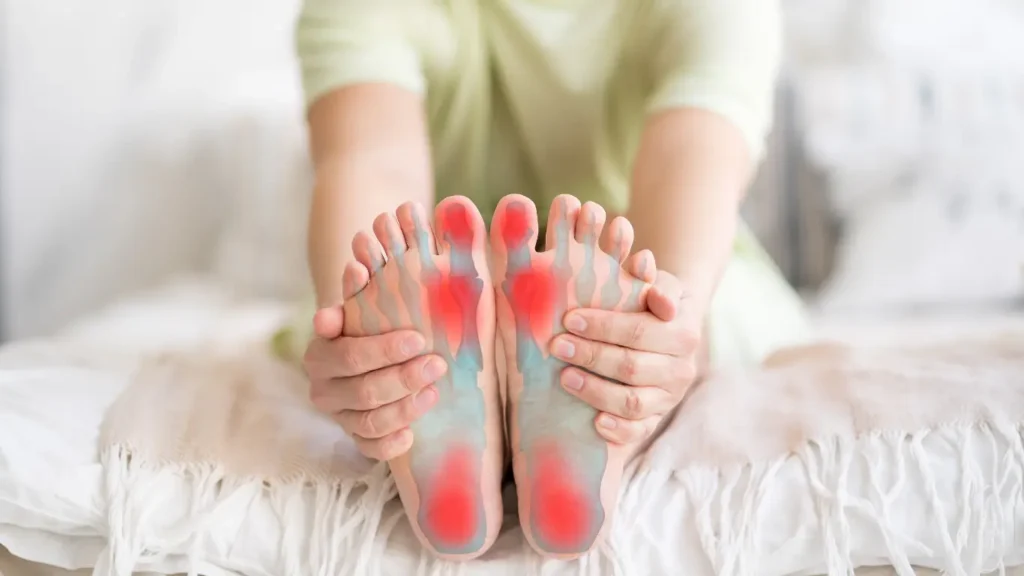Bunions are lumps that form at the base of the big toe, causing it to angle toward the smaller toes. This can cause pain, swelling, and make it inflexible to wear certain shoes. Bunions are often caused by genetic factors, foot stress, or wearing tight shoes. There are ways to fight back against those lumps and recover comfort without turning to surgery. Understanding bunions is important because they can make walking painful and affect how your foot moves.
When dealing with swelling or bumps caused by a bunion, it is crucial to prioritize proper wound care to prevent infection and support healing. Start by gently cleaning the affected area with mild soap and water to remove any dirt. After tapping it dry, apply an antiseptic ointment to the wound. This helps to clean the area and create a barrier against bacteria.
Next, cover the wound with a germ free bandage to keep it protected from outside dirt and promote a soaked healing environment. Remember to change the bandage regularly and observe the wound for any signs of infection, such as increased redness, warmth, or discharge.
Prevention Tips
- Choose the Right Footwear: Wear shoes with plenty of space for your toes to reduce pressure.
- Maintain Healthy Weight: Extra weight can increase pressure on your feet.
- Foot Exercises: Strengthen and stretch foot muscles to improve alignment and reduce discomfort.
Non-Surgical Pain Relief
- Orthotics: Custom or store bought shoe inserts can give support and spread out pressure on your feet.
- Padding and Taping: Use pads to soften the bunion or tape your foot to keep it in a normal position.
- Medication: Over the counter pain relievers like ibuprofen can help reduce pain and inflammation.
Don’t let bunions hold you back- take action today!
Surgical Options
When conservative treatments don’t relieve pain, surgery may be necessary. Procedures like bunionectomy or osteotomy realign the toe and correct the imperfection. Recovery typically involves rest, pain management, and gradually returning to normal activities.

Innovative Treatments
- Minimally Unwanted Surgery: Uses small scratch to correct the bunion with less tissue damage and quicker recovery.
- 3D Bunion Correction: Advanced techniques that address the bunion in three dimensions for better outcomes.
Consult a Specialist
If you have continuous bunion pain, consult a podiatrist, orthopedic or Bunion specialist in Nebraska. They can provide personalized treatment plans, including both conservative measures and surgical options.
Lifestyle Adjustments for Bunion Management
Making small changes in your daily routine can greatly impact bunion management.
- Foot Soaks: Soak your feet in warm water with Epsom salts to ease swelling and pain.
- Ice Packs: Apply ice packs to the bunion for 15-20 minutes several times a day to relieve inflammation.
- Maintain Good Posture: Standing and walking with proper posture can help distribute weight evenly across your feet, reducing bunion stress.
Remember: If your bunion pain is serious or does not improve with unchanging measures, consult a podiatrist to discuss all your options.

FAQs
Q. What causes bunions?
Bunions are caused by a combination of genetic factors, foot stress, and ill fitting tight shoes. Bunions can often be due to the natural foot shape passed down from parents.
Q. Are bunions preventable?
While you can not change your genetics, wearing properly fitting shoes, maintaining a healthy weight, and performing foot exercises can help prevent bunions.
Q. How can I relieve bunion pain without surgery?
Non-surgical options include orthotics, padding, taping, and over-the-counter pain medications. Foot soaks, ice packs, and proper footwear can also relieve pain.
Q. When should I consider bunion surgery?
Consider surgery if non-surgical treatments fail to relieve pain, or if the bunion severely affects your ability to walk and perform daily activities.
Q. What is minimally unwanted bunion surgery?
Minimally unwanted surgery uses small scratches to correct the bunion, resulting in less tissue damage, reduced scarring, and quicker recovery compared to traditional surgery.
Q. How long is the recovery time after bunion surgery?
Recovery time varies but typically ranges from a few weeks to a few months. It involves rest, pain management, and gradual return to normal activities.
Q. Can bunions come back after surgery?
Recurrence is possible, but following post-surgical care instructions and wearing appropriate footwear can help prevent bunions from returning.
Q. What types of shoes are best for bunions?
Shoes with a wide toe box, good support, and softened soles are ideal. Avoid high heels and tight, narrow shoes.
Don’t let bunions hold you back- take action today!
By combining these strategies and seeking professional help, you can effectively manage bunion pain and improve your quality of life. Visit Platte River Foot and Ankle for expert advice and treatment options for wound care, bunions, ankle sprains or any other foot and ankle condition. By following these prevention tips and exploring available treatments, you can manage bunion pain effectively and maintain your foot health.




